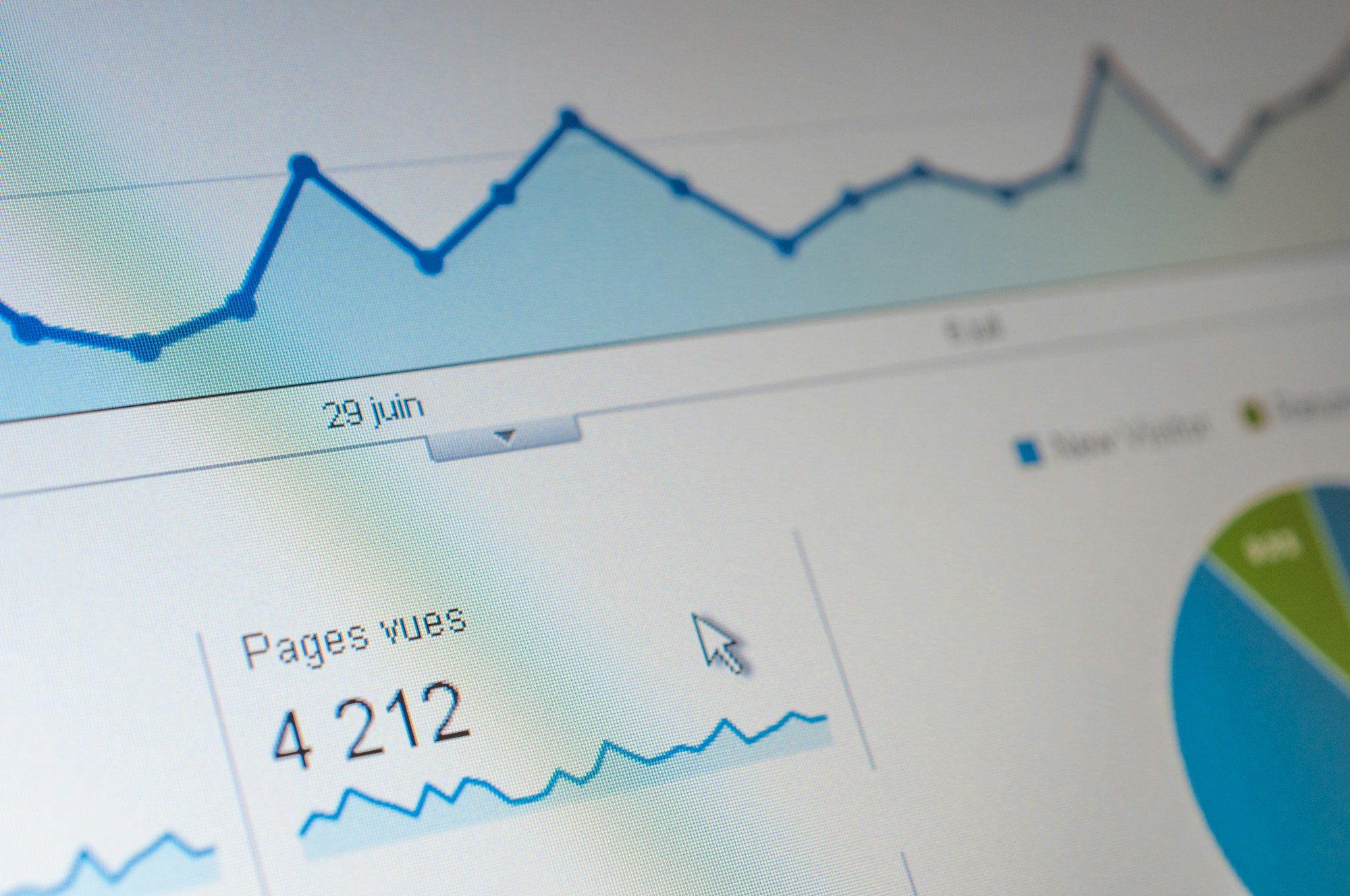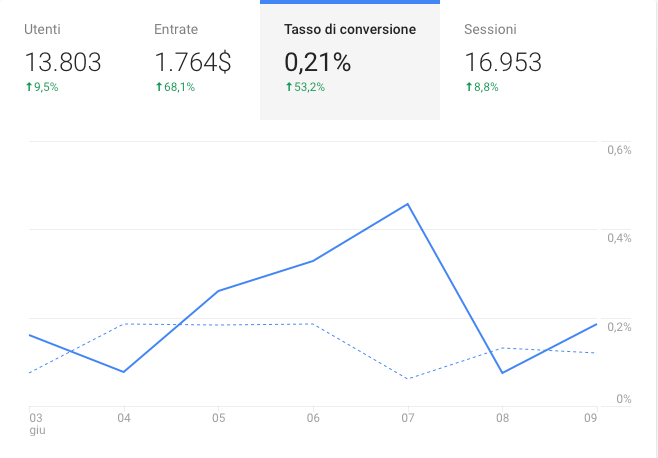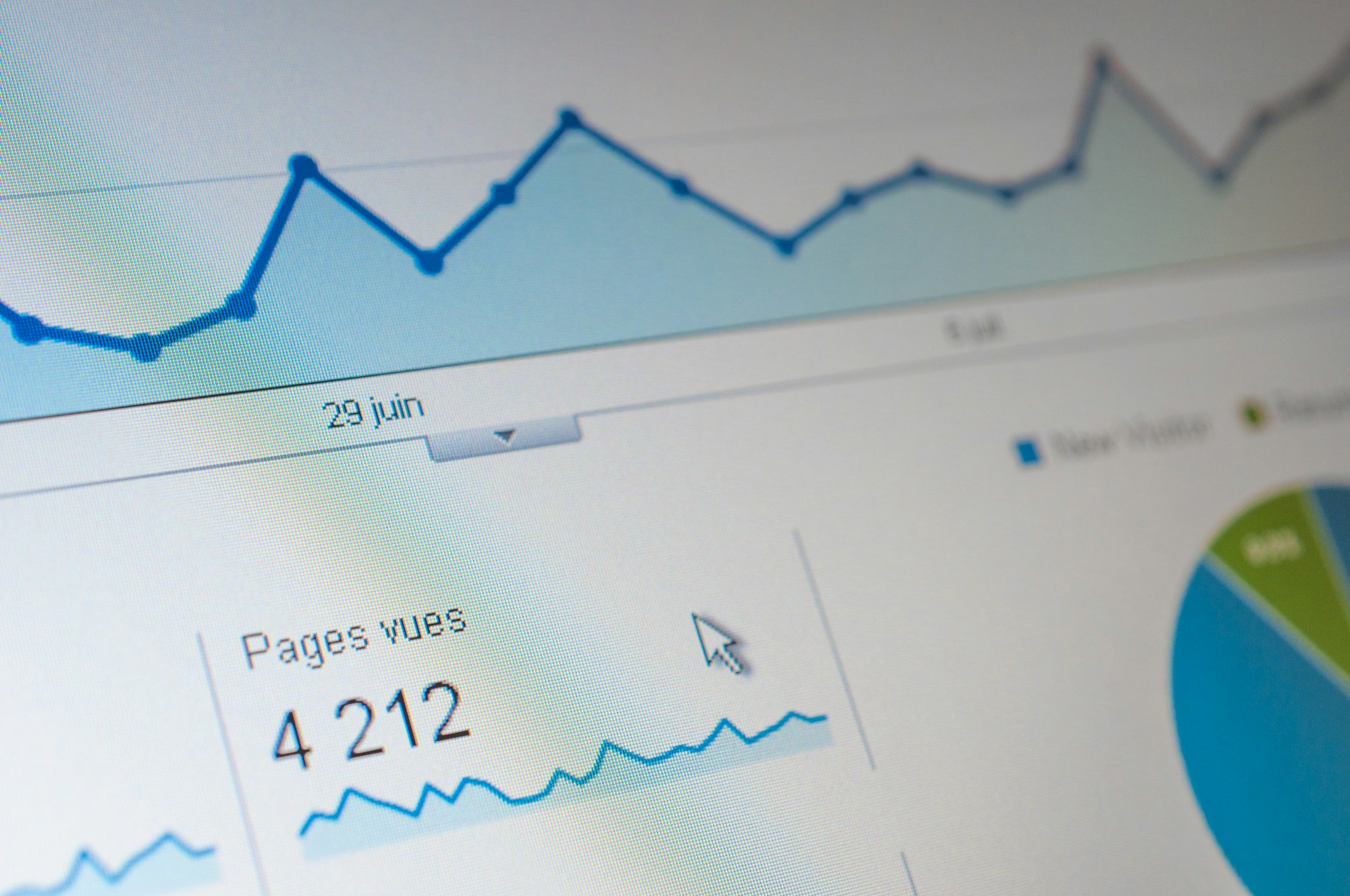
How does conversion rate optimization work? why conversion rate optimization is so important? And, How long should conversion optimization experiments run?
These are the most recurring questions that are asked on Google and in this article I'll give a detailed and exhaustive answer for each one.

How does conversion rate optimization work?
It's the process of optimizing your organic ans sponsored traffic to achive different goals. In other words, the goal is for the highest possible percentage of visitors to your site to convert, or complete your desired action.
"It's the process of enhancing your website and content to boost conversions. A high conversion rate means your website is well-designed, formatted effectively, and appealing to your target audience."
–
For instance, a desired action may be completing a web form, signing up for a service, or purchasing a product.
Conversion rate is calculated by dividing your number of conversions by your number of visitors and multiplying that number by 100 to get the percentage.
Some common conversion goals organized by industry type:
- Media - pageviews, ad views, newsletter subscriptions, recommended content engagement
- E-commerce - product sales, add-to-carts, shopping cart completion rate, e-mail newsletter sign-ups
- Travel - booking conversions, ancillary purchases, social shares
- B2B - leads generated, deals closed
Why conversion rate optimization is so important?
It's quickly gaining in popularity because it's seen as a way to monitoring profits from sales.
Conversion rate optimization is so important because it allows you to monitor your customer acquisition costs by getting more value from the visitors and users you already have. By optimizing your conversion rate you can increase revenue per visitor, lower customer acquisition costs, acquire more customers, and grow your business.
If you increase your conversion rate from 1% to 2%, you'd double your leads and the sales.
How can I calculate the conversion rate on e-ecommerce?
I explain 3 different ways to calculate and give you a plenty of choices to understand the main basis for calculation.
Conversion Rate
As we mentioned earlier, to calculate conversion rate, you must divide your number of conversions (or leads generated) by your number of visitors (or web traffic), and then multiply that number by 100 to get the percentage.
Leads Generated ÷ Website Traffic x 100 = Conversion Rate %
Number of Net New Customers
To calculate your number of net new customers, you'll want to divide your net revenue goal by your average sales price.
New Revenue Goal ÷ Average Sales Price = Number of New Customers
Lead Goal
And lastly, to calculate your lead goal, take your number of new customers and divide it by your lead-to-customer close rate (which is your total number of leads divided by total number of customers) percentage.
Number of New Customers ÷ Lead-to-Customer Close Rate % = Lead Goal
How Long Should I Run My A/B Test?
A/B testing provides data to support a hypothesis so that you aren’t acting on a wild guess.
The minimum detectable effect (MDE) represents the relative minimum improvement over the original variant. The Minimum Detectable Effect significance reflects the level of risk involved with the variation you are measuring. It’s your level of confidence in the outcome that you get from your experiments, here I detailed the importance and how to estimate and prioritize them.
Anyway, you should not stop running your test, until you reach a statistical significance of 95%-99%, which simply means that you are 95%-99% confident that your outcome is valid, and it wasn't a luck that the B variation had an higher Conversion Rate then the A version.

If your sample size or conversion pool is too small, your margin of error will increase and you'll not get any exhaustive and statistical evidence.
If you want read more you can click this link to estimate and prioritize experiments using MDE.

